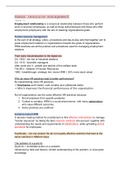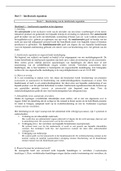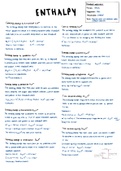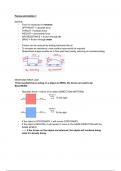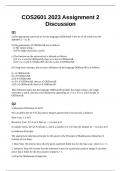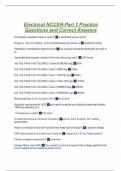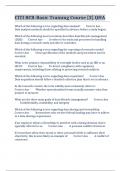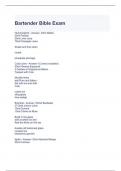Understand how the human body responds
to diseases and infections
P5 - EXPLAIN THE COMPONENTS OF
THE SPECIFIC AND THE NON-
SPECIFIC DEFENSES, IN PROTECTING
THE BODY
In this section of the assignment I will outline the components of both the
specific and non specific defenses the body of an individual has. How each
component in the mechanism works and why they work will also be outlined
as well as the physical and chemical barriers of the non specific defenses. In
terms of the specific defense the components and function of the adaptive
immune system in order to provide protection to the body will be
highlighted.
1. Non specific defenses
Non specific defenses is the defense mechanism the body uses to target all
pathogenic diseases of all categories and does not require a defense in
accordance to a specific pathogen/antigen. It is the first line or second line of
attack the body utilizes in response to infectious pathogens. Additionally non
specific mechanism in the body could be the physical barriers an individual
has such as mucous membranes and the skin or chemical barriers. Examples
of the chemical barriers compromise of ; enzymes, inflammation, tears and
phagocytosis.
Physical barrier 1 – the skin
,The skin is an organ within the body referred to as the largest organ and
consists of minerals, fats, proteins and water. Additionally there are three
layers which make up the structure of the skin. These three layers are the
subcutaneous tissue, dermis and the epidermis. These three layers act in
union as a physical barrier by covering the vital organs and other
components in the body, it prevents the exposure of organs and components
to factors which can negatively impact the body such pathogens, dust,
chemicals and sunlight. The dermis contains an abundance of specialized
cells known as mast cells and langerhans. When the mast cells detect a
potential allergen it allows the release/secretion of mediators which allow
the process of inflammation to occur to protect against the allergen.
Moreover not only does the skin as a non specific defense protect the body
against allergens by inducing inflammation it also aids in the protection of
the body against environmental factors such as sunlight. The synthesis of
pigment via melanocyte cells provides protection against ultra violet
radiation which has the ability to lead to cancerous cells. Other
environmental factors which can lead to cuts and wounds on the skin provide
a portal of entry for bacteria debris and germs to enter the body. The skin
prevents this occurring by regenerating itself and creating new tissue. The
movement of fibroblast cells to the damaged area churn out proteins and
collagen in order to allow the regeneration of new tissue.
The diagram on the left is a
visual illustration of the
cross section of the skin and
it’s major components
labelled.
https://www.nursingtimes.
net/clinical-
archive/dermatology/skin-
1-the-structure-and-
functions-of-the-skin-25-
11-2019/
2
, Physical barrier 2 – mucous membranes
Mucous membranes are the second non specific physical barrier. They are
essentially linings on organs and components of the body such as the
stomach, lungs, nose, mouth and throat these components contain glands to
produce a thick fluid known as mucus. The mucus itself is what protects
these components from the presence of bacteria and pathogens. When
bacteria or pathogens are present in these components in the body disease
processes can initiate. As a first line of defense mucous membranes secrete
mucus which traps the pathogens and bacteria. Trapping the harmful
pathogen will inhibit it’s movement around the body to spread disease to
major organs and components as well as prevent it from using its harmful
properties on areas of the body. Mucins within mucous contain the presence
of glycine and sugars which defined the body against disease imitating
pathogens by inhibiting the synthesis of biofilm. Biofilm is essential for the
growth of bacteria therefore by inhibiting its synthesis the pathogen can be
eliminated. Additionally the mucous contains enzymes and antibodies which
neutralize bacterial pathogens.
Chemical barrier 1 – inflammation
Inflammation is a type of chemical barrier mechanism the body carries out in
order to provide itself with protection from a range of pathogens. When
bacteria, toxins, heat or any other form of injury/damage begins at the
tissues in the body as an inflammatory response chemicals known as
prostaglandins, bradykinin and histamine are released by the tissues. The
secretion of these chemicals cause an increase of blood flow to the area with
the pathogen or toxin present. The blood flow contains the presence of
immune cells such as antibodies in order to perform lines of attack on the
pathogen. Additionally the blood cells allow their fluid to leak onto the
tissues thus causing swelling and the tissue which has been damaged is
removed to prevent further injury and protect the body from spread of
disease.
3


